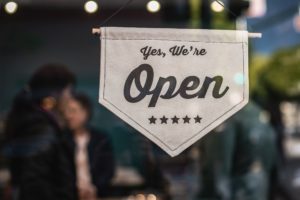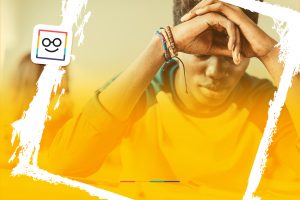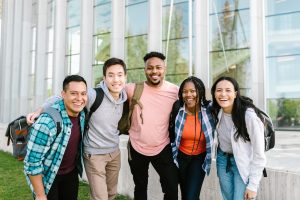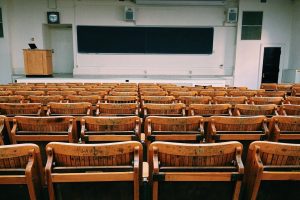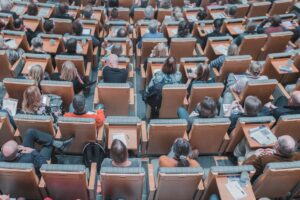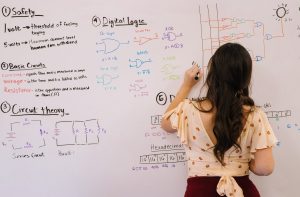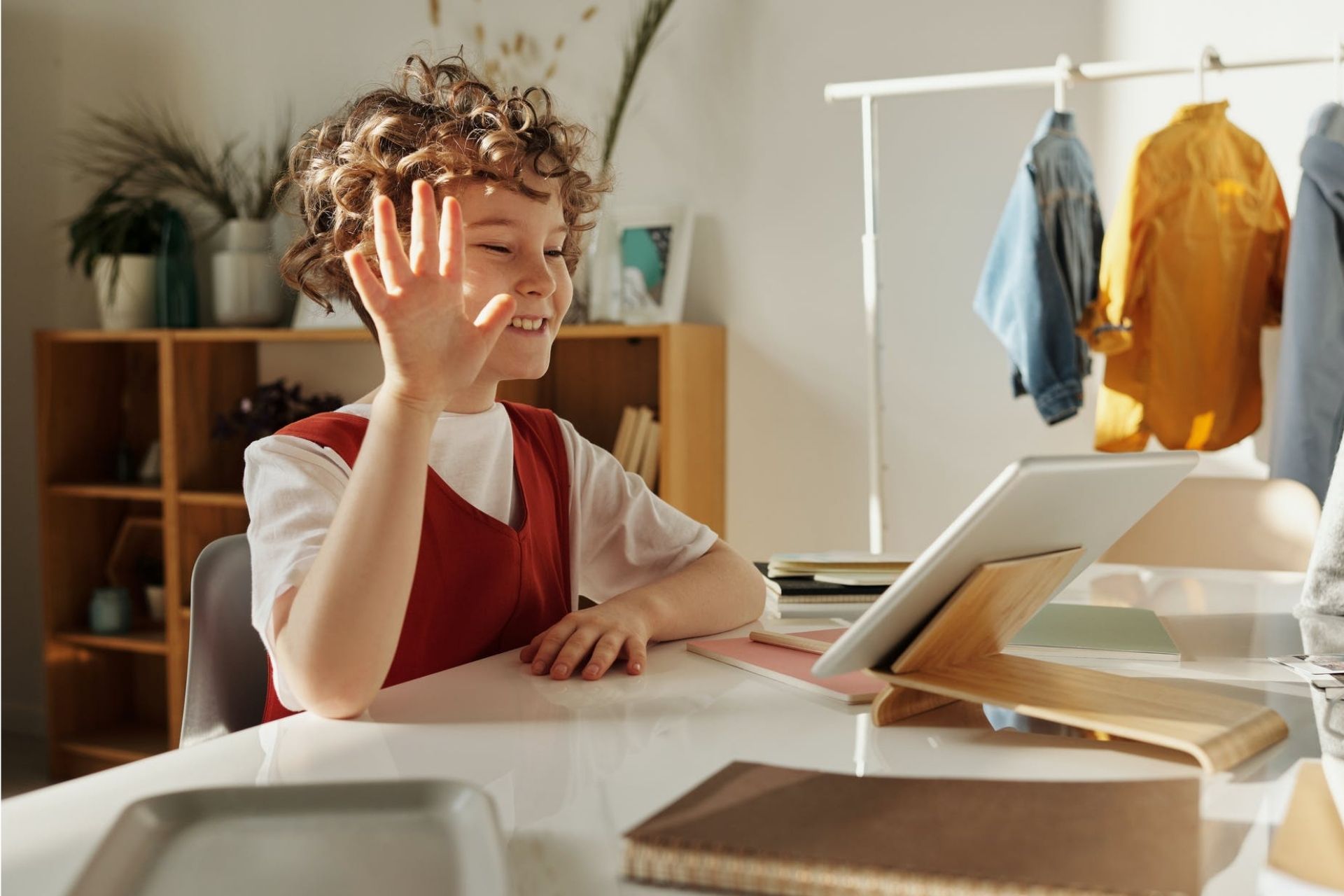
We are a reader-supported education publication. When you buy through links on our site, we may earn an affiliate commission to help us keep providing content.
The global shift from face-to-face learning to virtual class persuaded educators to reevaluate their teaching styles. Transitioning to online courses opened a new door for students who thrive outside of the traditional classroom setting. Conventional teaching styles force all students to learn in the same way when different students have varying needs.
Fortunately, the future of education accommodates to various learning styles. Instructors may utilize the up in coming teaching trends to cater to the success of their students. Incorporating a growth mindset, social emotional learning, project-based teaching, kinesthetic techniques, and blended education into a teacher’s curriculum can help their students thrive.
Growth Mindset
Teachers base traditional course curriculum on one or two major assignments. This may be the midterm and final exams in high school or a presentation and project in elementary school. When teachers place a significant importance on a couple of projects, students become overwhelmed and discouraged.
To reduce students’ distress, making the most out of a course, teachers may portray a growth mindset. The mentality persuades students to focus on their daily learning experience rather than one end goal. When students struggle with a math problem, they may become quickly stressed out, thinking that they will now fail the midterm.
Instructors can shift this mindset by refocusing the student’s success on perseverance. Teachers can influence the growth mindset by reminding their students that each struggle is an opportunity to grow. They may also promote present and effective learning using positive dialog in the classroom.
Social Emotional Learning
Another emerging education trend is social emotional learning. The teaching style extends beyond a traditional curriculum, focusing on a student’s ability to function in the real world. Social emotional education helps children develop self-control, self-awareness and interpersonal skills.
While learning algebra and environmental science can improve an individual’s understanding of physical systems, social emotional teaching may help them apply their studies to society. Without adequate social skills, students may struggle to succeed in their relationships and the workplace.
Researchers found schools that integrated social emotional learning into their curriculum experienced a 42% decline in physical aggression between students. The teaching style also minimizes bullying by 20% on average. As individuals’ emotional awareness increased, teachers additionally recognized a decrease in dropout rates.
Facilitators can teach social emotional education using different methods that appeal to their designated set of students. One method utilizes journaling, having students focus on and record their emotions throughout the day. Another practice pairs older and younger individuals, helping them identify their differences and similarities.
Project-Based Learning
Teachers may also influence social education using project-based learning. The education strategy uses collaborative learning, helping students approach real-world problems with their peers. Students may learn essential information and communication skills by engaging in project-based schooling.
Many facilitators think of the teaching style as a traditional group project task. The education method expands beyond conventional, collaborative projects, facing students with complex challenges. Some of the tasks may be abstract, having no right or wrong answers.
The teaching style helps individuals develop sustained attention, social engagement abilities, problem-solving skills and other beneficial capabilities. Teachers can integrate project-based learning into the classroom by pairing up different students to assess large, open-ended questions.
They may also require students to use various learning mediums, expanding their competence in social, written and digital learning. Creating a digital literacy curriculum is essential in the modern age, preparing students for careers in various fields. It increases the resilience of education through future pandemics and disasters, minimizing learning interruptions.
Kinesthetic Learning
Traditional learning styles restrict students’ abilities to move during class. This may be an exemplary teaching model for some kids, but others need to wiggle, stand and fidget when learning. To challenge this restriction, scientists developed classroom tools for kinesthetic learners.
Students who benefit from hands-on education may also benefit from moving during class. Pedal desks allow students to bike in place while completing assignments on a flat surface. Research shows that physical activity in the classroom enhances cognitive learning.
Incorporating pedal desks can also help students with attention disorders focus. In all students, movement helps to regulate mood and behavior. Yoga is another kinesthetic learning tool that teachers may utilize in the classroom.
Academic performance increases when students practice yoga. Inattentiveness, impulsivity and hyperactivity decrease when instructors teach the mind-body connection. When students understand the correlation between their thoughts and movements, they can efficiently learn in a classroom setting.
Blended Learning
Many schools currently use the blended learning method. Now that civilians are receiving vaccinations, classes can meet in person or online. The blended learning technique incorporates both the face-to-face class and virtual meeting.
This educational trend caters to various learning styles. When teachers utilize the hybrid technique, they allow in-class learners to access the resources they need to succeed. They also allow home learners to thrive, offering them the comfort and quiet they need to absorb information efficiently.
Blended learning allows students to access videos and chalkboard lessons for visual learning, podcasts for auditory education and in-class experiments for kinesthetic learning. Like project-based teaching, facilitators may support blended learning with a digital literacy curriculum. There are a few types of digital literacy teachers may bring to the classroom, improving students’ education.
Information literacy is a teaching method helping students identify credible resources on the internet. Understanding the difference between accurate and non-credible information improves an individual’s researching skills. Online protection is another essential lesson, helping students secure their digital identities and work.
Digital ethics is also a vital part of a blended learning curriculum. Online ethics teaches students to site their resources, track their digital footprints and reduce cyber bullying, improving their digital educations. When you combine all learning styles, you promote success in all students.
Stay Informed
New educational trends pop up every year, mainly because science around cognitive development and processing continues to advance. The more we know about various types of information reception, the better instructors can cater their curriculum to universal success. To create a practical learning experience, stay on top of the academic trends and see how you can adopt them in your classroom.
Looking for more information on emerging educational trends? Explore these resources from our reading list:
Teaching Sustainability / Teaching Sustainably (Amazon) by Kirsten Allen Bartels and Kelly A. Parker
The Kinesthetic Classroom: Teaching and Learning Through Movement (Amazon) by Traci Lengel
latest in learning!
Get the latest updates in learning, teaching and everything in between! Whether you're a student or an educator, we offer the inspiration you need to fuel your classroom experience.


